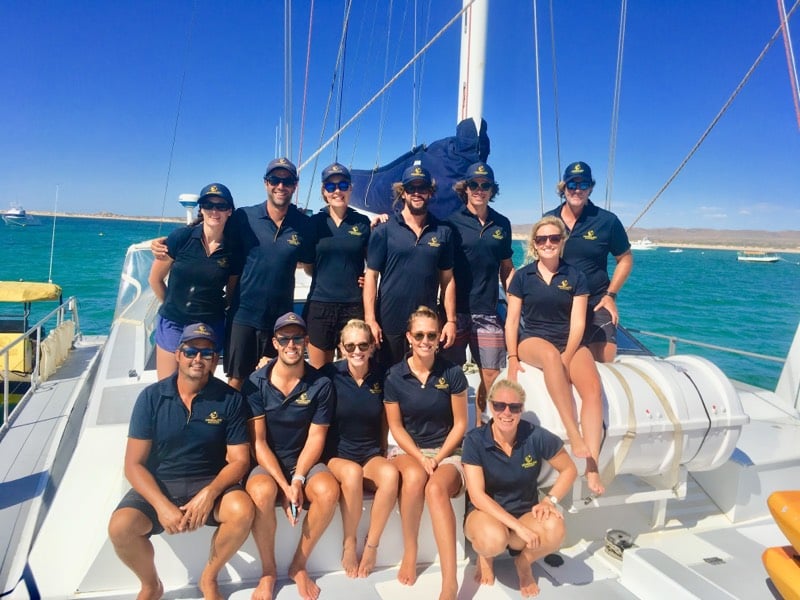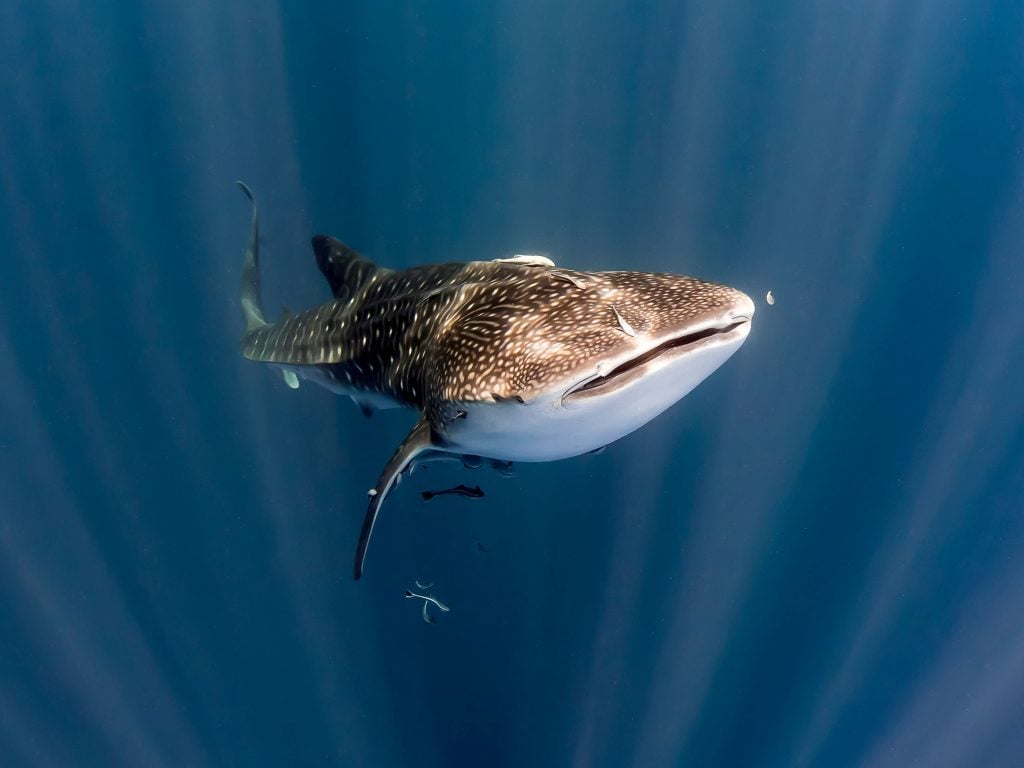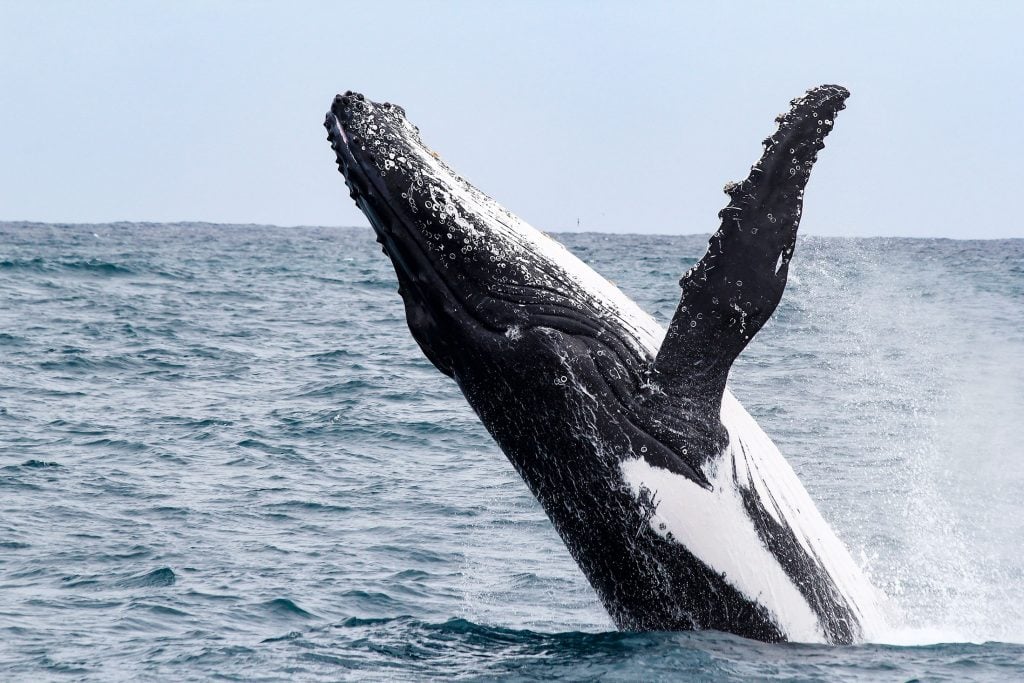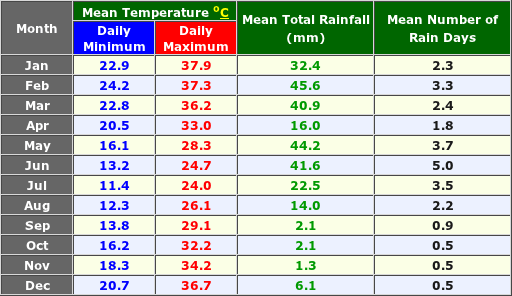About The Ningaloo Reef
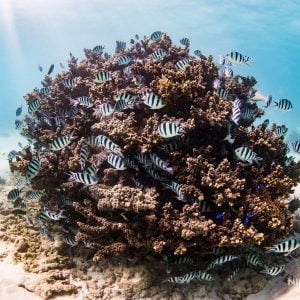 The Ningaloo Reef and surrounding coastal area is a UNESCO World Heritage Site located in Western Australias north west. Located approximately 1,200 kilometres north of Perth, Ningaloo Reef is one of the longest fringing reefs in the world spanning almost 300 kilometres along the WA coast. This allows for incredible snorkelling only meters from the shore, as close as 5 meters from the beach! Ningaloo Reef is one of only two coral reefs in the world that have formed on the western side of a continent and is home to 500 species of fish, 300 species of coral and hundreds of other marine creatures. The coral in the Ningaloo Reef act as a vital source of coral larvae dispersing through the Abrolhos Islands, and even to Rottnest Island. Both soft and hard coral are native to the area, from cabbage corals, brain corals and lavender corals to delicate colourful branching corals, which form gardens in the shallow lagoons.
The Ningaloo Reef and surrounding coastal area is a UNESCO World Heritage Site located in Western Australias north west. Located approximately 1,200 kilometres north of Perth, Ningaloo Reef is one of the longest fringing reefs in the world spanning almost 300 kilometres along the WA coast. This allows for incredible snorkelling only meters from the shore, as close as 5 meters from the beach! Ningaloo Reef is one of only two coral reefs in the world that have formed on the western side of a continent and is home to 500 species of fish, 300 species of coral and hundreds of other marine creatures. The coral in the Ningaloo Reef act as a vital source of coral larvae dispersing through the Abrolhos Islands, and even to Rottnest Island. Both soft and hard coral are native to the area, from cabbage corals, brain corals and lavender corals to delicate colourful branching corals, which form gardens in the shallow lagoons.
Most famous for its population of Whale Sharks predominately throughout March to August, Ningaloo Reef also boasts a huge array of other large marine animals. Dolphins, dugongs, manta rays, humpback whale sand turtles are seen daily in its waters. Humpback whales pass by during the winter months on their annual migration north to give birth to their young calves before migrating south again past the reef back towards their feeding waters in the southern ocean. The beaches of the reef are an important breeding ground of the loggerhead, green and hawksbill turtles. They also depend on the reef for nesting and food.
In 2006, researchers from the Australian Institute of Marine Science discovered gardens of sponges in the marine park’s deeper waters that are thought to be species completely new to science. The short-nosed sea snake, thought to have been extinct for 17 years, was found on Ningaloo Reef in December 2015.
The Ningaloo Reef is an extraordinary world of life and holds huge importance for the health and survival of many forms of marine life, most of which can be seen less than a kilometre from shore.It contains an endless list of spectacular snorkel and dive sites for you to explore. Its abundance of extraordinary marine life is what brings us, and thousands of people to this special slice of paradise. Below you’ll find some information on some of the Wildlife you can expect to encounter.
TURTLES
During the months of November, December and January they begin nesting along the shores and islands of the Ningaloo Reef. Turtles nest in the very same place that they were born which means some turtles may travel huge distances just to lay their eggs. For this reason there are many volunteers who monitor these beaches and protect eggs as they hatch come February/March time.
For more information on how to volunteer the team over at The Ningaloo Turtle Program work in conjunction with the Cape Conservation Group, the Department of Parks and Wildlife, Murdoch University, and WWF Australia and are always in search of keen environmentalist enthusiasts to help with the protection of these animals.
MANTA RAYS
Mantas were re-classified as two separate species in 2009; the Oceanic Manta and the Reef Manta. The two have many similarities but their biggest difference is their size. The Oceanic Manta has been recorded at a great length of up to 7 metres! In the Ningaloo Reef we often encounter Reef Manta Rays which can grow up to 4 metres wide (wing tip to wing tip), which is still a very big fish.
Manta Rays are closely related to both sharks and rays, and are completely harmless and safe to swim with as their tails have evolved past possessing any barbs, which means they do not have the ability to sting.
Manta Rays can  often be found playing in groups or feeding as they swim through the water with their massive mouth agape, while ‘paddle-like’ cephalic fins funnel plankton rich water through specially modified gills. Some Manta Rays Barrel Roll themselves backwards in an attempt to feast on densely concentrated patches of plankton, while others bottom feed by scooping up plankton along the seabed which has fallen in order to avoid predation, or surface feeding along the surface of the water exposing their backs to the sky. Manta Rays are cooperative creatures and when dense areas of Plankton are found can feed in chains, with smaller Mantas even hitching rides on a larger Manta’s back.
often be found playing in groups or feeding as they swim through the water with their massive mouth agape, while ‘paddle-like’ cephalic fins funnel plankton rich water through specially modified gills. Some Manta Rays Barrel Roll themselves backwards in an attempt to feast on densely concentrated patches of plankton, while others bottom feed by scooping up plankton along the seabed which has fallen in order to avoid predation, or surface feeding along the surface of the water exposing their backs to the sky. Manta Rays are cooperative creatures and when dense areas of Plankton are found can feed in chains, with smaller Mantas even hitching rides on a larger Manta’s back.
Manta Rays also have 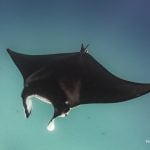 extremely large brains in comparison to their size, and a much larger area in which the brain inhabits. This is often responsible for many higher functions, including increased sensory functions. The weight of a Manta Rays brain is more than that of a similar sized mammal and is even the largest brain of all fish by absolute weight! That’s one smart fish. Much more research is needed on these animals, if you would like to learn more head over to The Manta Trust webpage for nearly everything you need to know about Manta Rays, and how you can do your part in their conservation.
extremely large brains in comparison to their size, and a much larger area in which the brain inhabits. This is often responsible for many higher functions, including increased sensory functions. The weight of a Manta Rays brain is more than that of a similar sized mammal and is even the largest brain of all fish by absolute weight! That’s one smart fish. Much more research is needed on these animals, if you would like to learn more head over to The Manta Trust webpage for nearly everything you need to know about Manta Rays, and how you can do your part in their conservation.
DUGONGS
These mammals can stay under water and hold their breath for up to six minutes before surfacing and have been known to breathe while standing on their own tail with their head out of the water. `
They are generally found alone or in pairs, can grow up to 3 metres, and weigh up to nearly 500kg, with a lifespan of up to 70 years! Dugongs are classified as extremely vulnerable extinction risk by the World Wildlife Fund so encountering a dugong is quite a special occasion as they are extremely shy creatures.
More than 500 tropical fish species inhabit the 300 kilometre long reef. They live in and around more than 200 species of coral. Lakeside, Turquoise Bay and Oyster Stacks provide great snorkelling from the shore and there are kayak moorings at Bundegi Beach, Osprey Bay and Tantabiddi. Make sure you follow the instructional signs and get advice from Milyering Visitors Centre regarding tides and currents before snorkelling.

